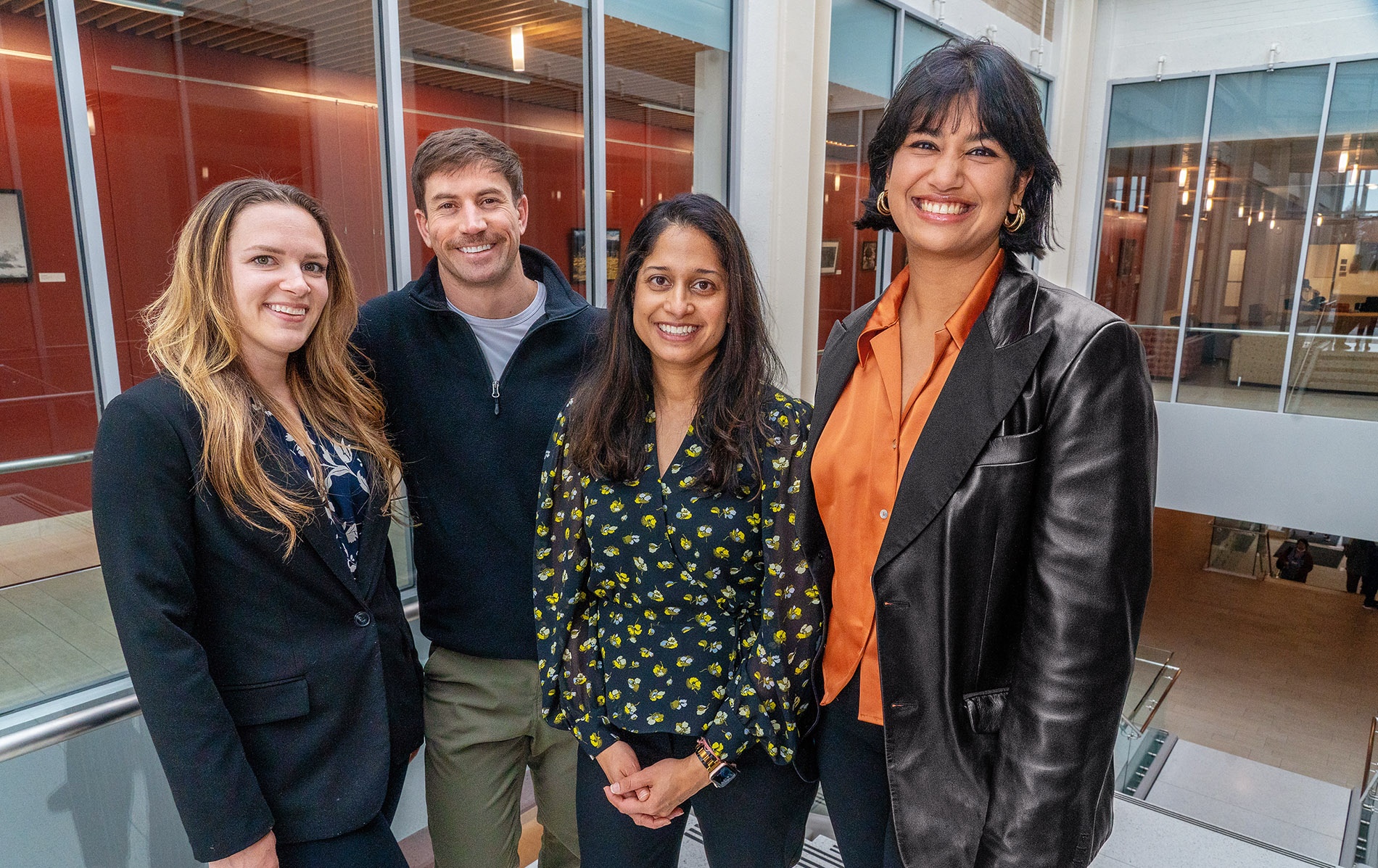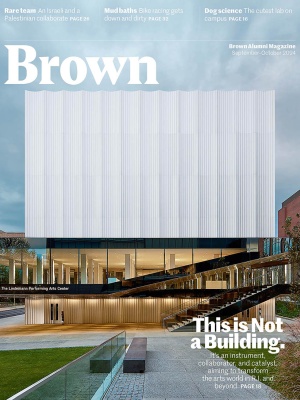“You know when you try a full fat Häagen Dazs, the other ‘diet’ ice creams never taste the same. Starting to learn about medicine felt like that,” reflects Sumana Chintapalli ’26 MD. “I spent so much of my 20s thinking that it was too late to change, but now I’m lucky to have a career that makes me feel like myself again.”
Trained as a lawyer, Chintapalli had a nearly 10-year career working at the nexus of law and public policy in areas ranging from food system advocacy to academic teaching. But her interest in psychology and behavioral sciences was calling; this led to medicine and she’s now aiming to channel her expertise into a career in gastroenterology.
The key to navigating challenging times in medical school, she says, is finding joy in the intellectual pursuit.
“Ultimately, everything is hard, and people want a lot from you,” Chintapalli reflects. “If you’re doing something you love and can derive joy in the intellectual pursuit, that passion will carry you through the difficult times.”
Jess Churchill ’26 MD agrees. A graduate of Boston University’s painting and diagnostic medical sonography programs, she says, “I always loved science and medicine, but my path took me through painting, advertising, and ultrasound technology.” She adds that “it was during my time working at an ad agency, where our clients were in the medical field, that I realized I wanted something more meaningful.”
The realization fueled her journey to becoming a cardiac sonographer, then returning to medical school.
“People work 50 years in jobs that they don’t like and the hardest thing is finding what you love,” Churchill says. “Brown was very appealing because Providence itself is a merge of arts and science. It matched the art-science balance within myself.”
Both Chintapalli’s and Churchill’s stories, while unique, are nothing unusual at Warren Alpert Medical School. “Brown aims to create holistic physicians,” says Dean Star Hampton, emphasizing the school’s commitment to applicants with diverse backgrounds.
Take Michael Cradeur ’25 MD, for whom the transition to medicine has been easier than the former U.S. Navy mechanic expected. “I’ve always been interested in physical activity, whether it was gymnastics, pole vaulting, or leading physical therapy and fitness in the military,” he says. After being inspired in part by his mentor, an anesthesiologist, he has found that “my military background—especially dealing with systems-based learning—has surprisingly made the transition to medical school smoother.”
For Urvi Tiwari ’26 MD, former Gucci North America regional chair, her new career has a very different feel. “I started volunteering at local hospitals during the Covid pandemic and came home feeling so fulfilled,” says Tiwari. So she left finance and fashion, and, while researching medical schools, had an aha moment at the Brown open house: “I realized how much Brown cares about students being happy. It was a stark contrast to the competitive mentality I was used to in the business world.”






